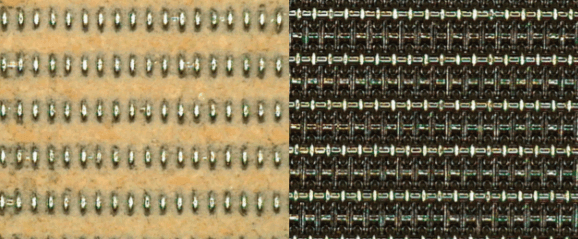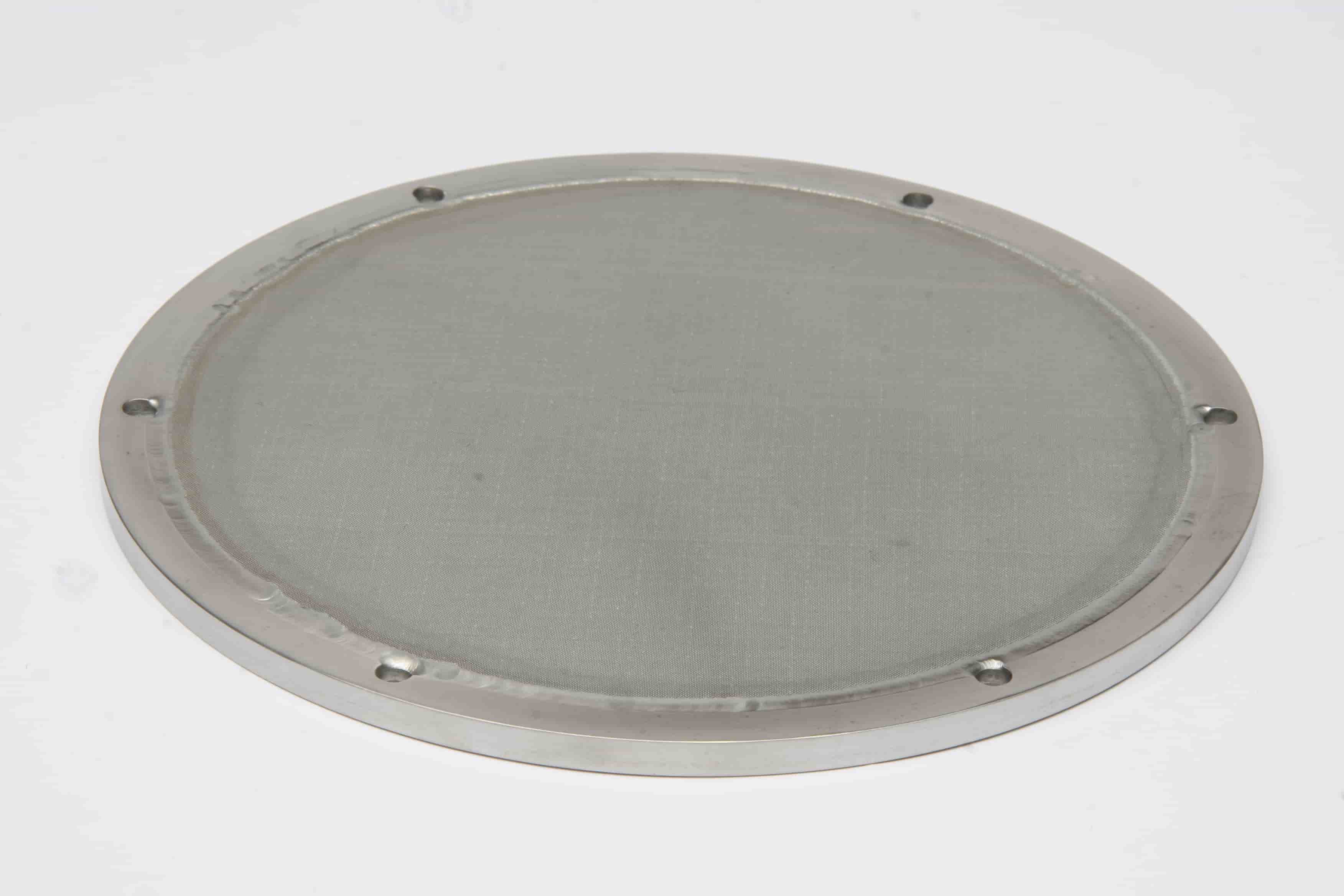The Importance of Maintaining Woven Wire Chromatography Plates
When it comes to analytical chemistry, chromatography is the gold standard. It allows us to separate and analyze various mixtures to fine-tune and improve them.
As with any separation process, your results are only as good as the equipment you use. As woven wire chromatography plates play a critical role in the separation of elements, this means you must take the proper steps to keep them well-maintained.
Having said this, what role does maintenance play regarding the performance of your chromatography plate?
Over the past 150 years, W.S. Tyler has been a prominent woven wire supplier dedicated to helping you make the world a cleaner, safer place through optimized separation.
With that, we wrote the following article to provide some tips and tricks that will keep your woven wire chromatography plates performing as intended for the foreseeable future. It will cover:
- The benefits of maintaining woven wire chromatography plates
- The consequences of not maintaining woven wire chromatography plates
- How to maintain your woven wire chromatography plates
- How chromatography plate maintenance affects operational expenses
What Makes Maintaining Woven Wire Chromatography Plates Important?
When it comes to chromatography plates, how they perform is a direct translation of how well they're maintained. A systematic maintenance routine will keep your chromatography plate free of material accumulation, preventing woven wire blinding.

To that end, properly maintaining your chromatography will prevent residual material from skewing future analysis. This will also work to combat corrosion and premature wear.
Now, by practicing dependable maintenance techniques, you will maintain efficient separation. This, of course, will be reflected in a more cost-effective operation that has improved capacity.
Simply put, maintaining your woven wire chromatography plates is of the utmost importance in terms of precision, efficiency, and safety.
Need a benchmark to help evaluate how well your chromatography plates are working? Read the article below:
How Do I Maintain Woven Wire Chromatography Plates?
When establishing a dependable maintenance routine, you first want to start with a cleaning routine. Debris and residual material should be removed using a soft cleaning brush and a mild, compatible detergent.
That said, using abrasive tools and materials should be avoided during cleaning, as this can alter the surface of the mesh and cause harmful corrosion. Once cleaned, the woven wire should be rinsed and dried thoroughly.
Something else that should be included in your maintenance routine is visual inspections. This entails consistently observing the entire chromatography plate, looking out for wear, breaks, obscured pore openings, or any other forms of damage.
When not in use, the chromatography plate should be stored properly. This should be a dry environment that is relatively dust-free.
Care should be used when handling the filter plate. This will help prevent performance-hindering mechanical damage.
What Happens if I Neglect to Properly Maintain My Woven Wire Chromatography Plate?
The most common issue you can expect to encounter with a poorly maintained woven wire chromatography plate is residual material contamination. When material from previous testing is introduced to a new sample, the risk of skewed results is drastically increased.
To that end, residual sample material can accumulate within the pores over time, blinding the openings and gradually hindering the efficiency of your process.
Additionally, failing to maintain your mesh can cause oxidation throughout the weave. In turn, the surface of the wires can become altered, ultimately leading to performance inconsistencies.
Now, when it comes to the physical well-being of your woven wire chromatography plate, bends, warping, and other forms of damage can occur with poor handling and maintenance. This can disrupt unfirmon material separation.
There are cases in which mishandling and poor maintenance lead to the woven wire detaching from the framing of the plate.
How Does Maintaining My Woven Wire Chromatography Affect My Operational Expenses?
While it is important to understand how your woven wire chromatography will affect the performance of your equipment, it is also important to know how it will impact the expenses associated with your operation. Naturally, regular and dependable maintenance will preserve the longevity of your filter plate.
This, in turn, will reduce replacement frequency and, thus, replacement expenses.
And while a dependable maintenance routine has its own list of expenses, the cost-savings it can provide by preventing costly result inconsistencies and operational downtime outweigh the initial investment.
Now, regarding the health and safety of your staff and end-users, regular maintenance ensures you are operating within the thresholds of the various safety and regulatory compliances of your industry. This helps protect you from potential legal issues and fines, which can be financially devastating.
Struggling To Maintain Peak Performance? Experiment With a New Alloy.
You must employ a regular maintenance routine when working with woven wire chromatography plates. Doing so will help preserve the integrity of the wire and pore openings of your mesh, thus helping you achieve accurate and reputable results for longer.
But, you may still see inconsistencies in your results despite taking great care of your woven wire. In this case, you will need to begin fine-tuning various parameters of the mesh specification you are using.
With chromatography in particular, the alloy used is a great place to start.
W.S. Tyler takes pride in providing woven wire solutions designed to make your process excel and is here to help you overcome the obstacles hindering your woven wire experience.
Read the following article to learn more about the prominent woven wire alloys used in the chromatography industry:
About Ronnie Brown
Ronnie is the Content Writer for W.S. Tyler and has four years of experience as a professional writer. He strives to expand his knowledge on all things particle analysis and woven wire mesh to leverage his exceptional writing and graphic design skills, creating a one-of-a-kind experience for customers.




